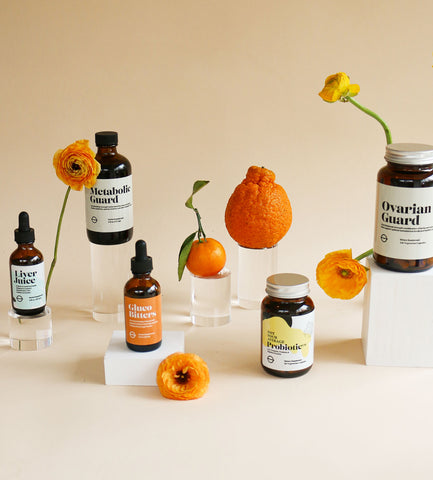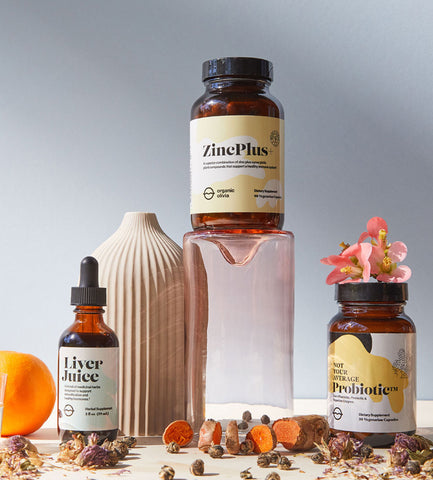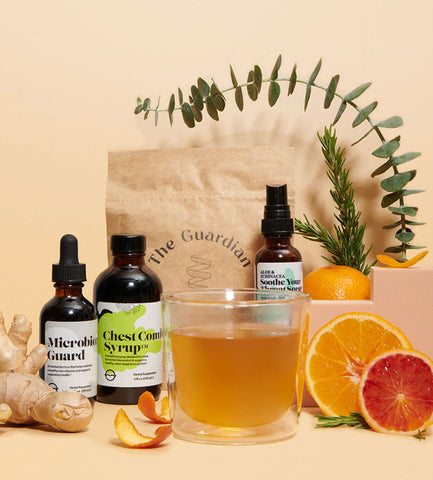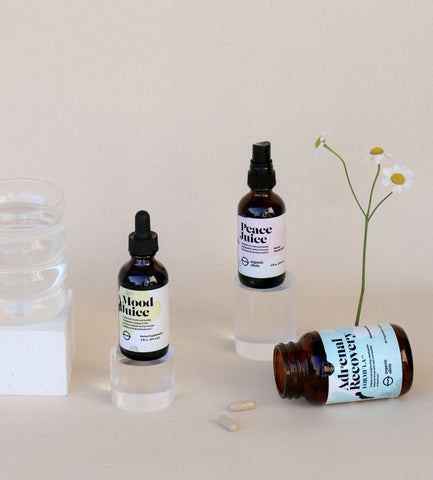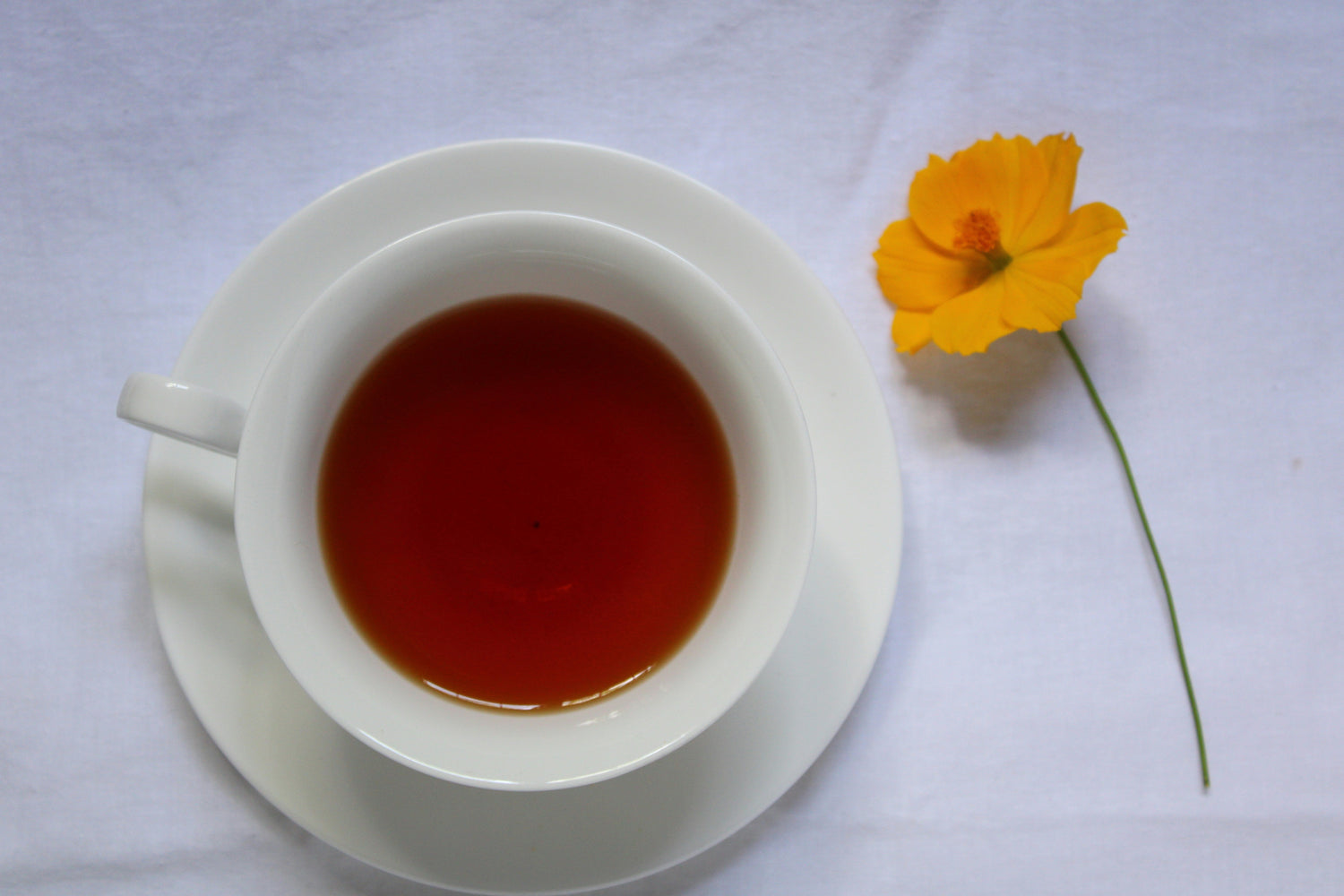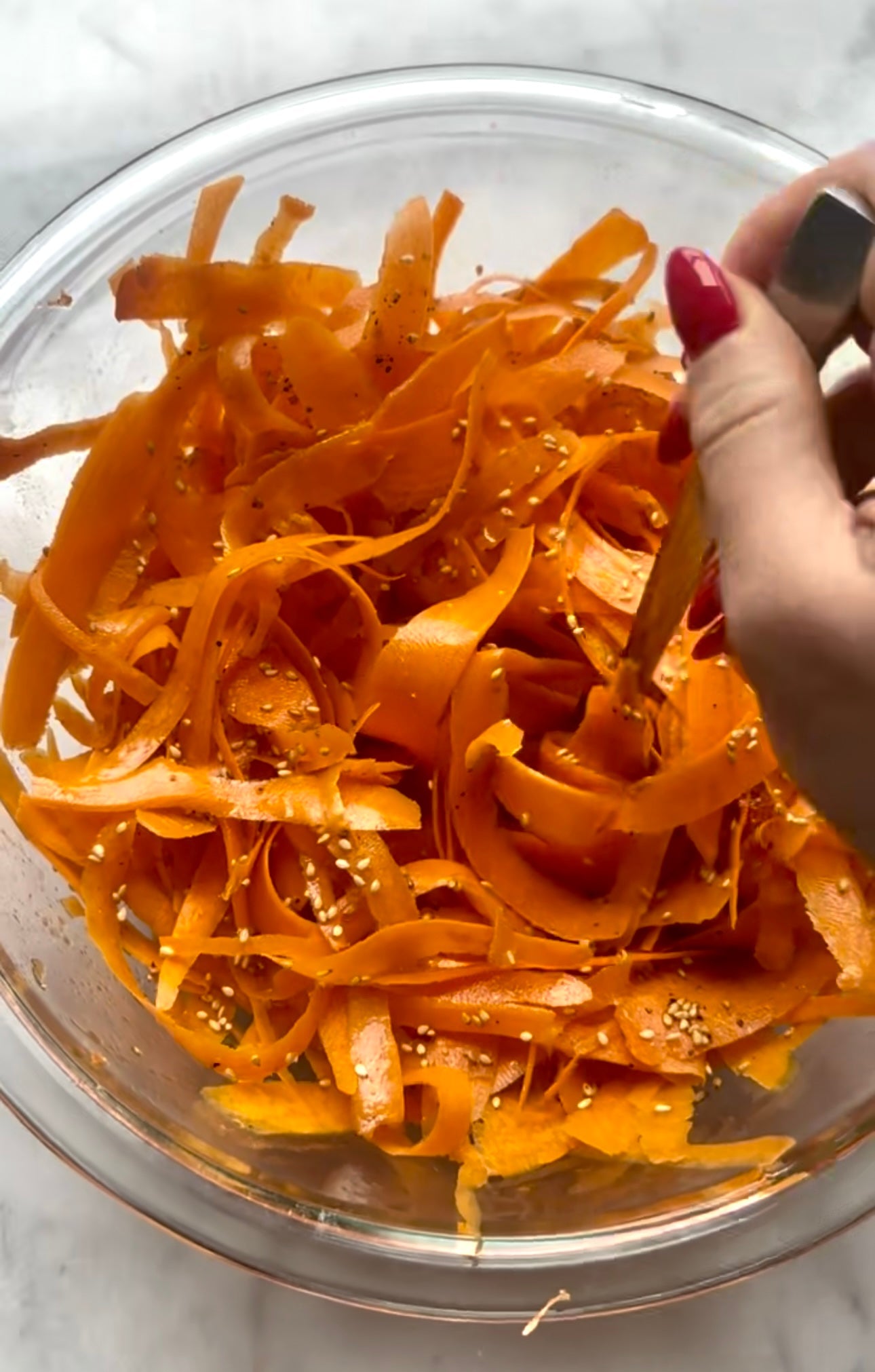Most of us women (about 75%) experience some level of premenstrual syndrome (PMS) each month before our periods. The heightened anxiety, mood swings, insatiable hunger, and painful cramps always seem to show up out of the blue and get in the way of our everyday life. Yet, for 5% of women, this monthly misery goes way beyond that, spiraling into something much more severe and long-lasting. This is known as Premenstrual Dysphoric Disorder (PMDD).
Not only is PMDD unbelievably debilitating, but it also gets dismissed by medical professionals and is sometimes lumped into the category of PMS. By unpacking the ins and outs of this overlooked disorder, we’re hoping to shed light on it, make you feel less alone in your experience, and help you find ways of navigating it so it feels less all-consuming.
What is PMDD?
Contrary to popular belief, PMDD is not “just bad PMS”. In fact, PMDD is listed in the DSM-5 as a depressive disorder, proving that it is a very real, very serious mental health condition that should be treated as such. PMDD is characterized by a period of profound sense of dissatisfaction, intense mood swings, irritability, and anxiety that shows up each month during the premenstrual phase of the menstrual cycle.
According to the DSM, there is a highly specific criterion for diagnosing PMDD:
1. At least five symptoms must be present during the final week before your period, begin to improve within a few days of bleeding, and disappear or significantly lessen in the weeks that follow.
2. You must experience one or more of these symptoms:
-
- Sudden and exaggerated mood swings
- Irritability or anger
- Depression or hopelessness
- Anxiety, tension, or intense worry
3. You notice one or more of these symptoms:
-
-
Decreased interest in your usual hobbies
-
Difficulty concentrating
-
Fatigue or exhaustion
-
Changes in appetite
-
Trouble sleeping
-
A sense of overwhelm
-
Physical changes (including breast tenderness or swelling, joint pain, or bloating)
-
4. For a total of five symptoms from these two categories.
5. Your symptoms must significantly interfere with your work, school, usual social activities, or personal relationships.
6. They cannot be attributed to another diagnosed mental health disorder, medical condition, or substance.
7. This pattern must occur for at least two complete menstrual cycles.
The causes of PMDD:
While we wish we could tell you there are clear-cut risk factors for PMDD, that’s unfortunately not the case yet. Researchers are still discovering the root causes of PMDD, but most can agree that this complex mood disorder is linked to:
-
Extreme sensitivity to normal hormone fluctuations throughout the month (especially estrogen and progesterone)
-
Neurotransmitter imbalances in your brain (especially serotonin and GABA)
-
Structural differences in brain regions (like the prefrontal cortex and amygdala)
-
A history of trauma or chronic stress, leading to HPA axis dysregulation
-
Mutations in specific genes (like ESR1) that affect emotional regulation
If you read nothing else in this post, please, please read this: PMDD is in no way, shape, or form “all in your head”. This condition is your body’s physiological response to any of the potential biological factors listed above.
How to find relief:
Pharmaceuticals
Conventional treatment for PMDD typically involves selective serotonin reuptake inhibitors (SSRIs) and/or hormonal birth control. SSRIs, a common class of antidepressants, can help balance out your neurotransmitter levels and ease intense mental and emotional symptoms. Uniquely for PMDD, SSRIs are often effective even when taken only during the two weeks leading up to your period. Hormonal birth control, on the other hand, works by suppressing ovulation and stabilizing hormone levels, which can help prevent the dramatic hormonal shifts that often trigger PMDD symptoms. Both options can be helpful tools, but finding the right fit usually involves some trial and error, ideally with the support of a trusted healthcare provider.
Nutrition
As with many hormonal conditions, stabilizing your blood sugar is foundational. This often means eating balanced meals every few hours that include protein, healthy fats, and complex carbohydrates. It's easy to drink caffeine on an empty stomach or reach for carbs without pairing them with protein or fat, but both habits can spike blood sugar and exacerbate symptoms like anxiety, nausea, and dizziness. Many people with PMDD find it helpful to reduce caffeine and alcohol intake during the luteal phase (the two weeks before your period), when mood swings are typically at their worst. Fiber is another essential piece of the puzzle: aim for at least 25 grams daily to support healthy estrogen clearance and metabolic detoxification. Cruciferous vegetables – like broccoli, cauliflower, Brussels sprouts, and cabbage – are especially helpful, as they’re rich in fiber, antioxidants, and unique compounds (like glucosinolates, I3C, DIM, and sulforaphane) that support hormone metabolism and reduce inflammation.
Supplementation
On the supplement front, several very common vitamins and minerals have been shown to reduce the severity of PMDD symptoms, some of which you may already be taking! First and foremost, daily calcium supplementation (1,200 mg per day, according to the Mayo Clinic) may help ease mood changes, bloating, and fatigue, as demonstrated by numerous clinical trials (1,2). Magnesium and vitamin B6 are also potent micronutrients for the management of PMDD, especially when taken together (3). That’s because Vitamin B6 is a cofactor in the synthesis of key neurotransmitters like serotonin, dopamine, and GABA, which regulate mood and emotional resilience. Meanwhile, magnesium supports over 300 enzymatic reactions in the body, including those involved in muscle relaxation and nervous system regulation. Together, they can help calm both the mind and body during your premenstrual window.
Herbal allies
One of the most well-studied herbs for premenstrual symptoms is our beloved vitex (also known as chasteberry). Research shows that this women’s health botanical can be as effective as some SSRIs and hormonal contraceptives, yet without the unwanted side effects. It works by gently supporting the pituitary gland to balance estrogen and progesterone, helping regulate the menstrual cycle. Vitex also interacts with neurotransmitter pathways and activates certain opioid receptors in the brain, which may explain its ability to relieve emotional and physical symptoms associated with PMDD. You’ll find this powerful herb in our Flow Balance formula, designed to support smoother, more easeful cycles. Other helpful herbs for PMDD include calming nervines like oatstraw, St. John’s Wort, and lemon balm, which support the nervous system and help soothe heightened emotional states.

Flow Balance
A balancing and regulating formula designed to optimize hormone health and support minor PMS symptoms.*
STAR HERB: Chaste Tree Berry
If you're struggling with PMDD and experiencing suicidal thoughts, please reach out to the National Suicide Prevention Lifeline at 1-800-273-8255. You're not alone, and support is always available.




